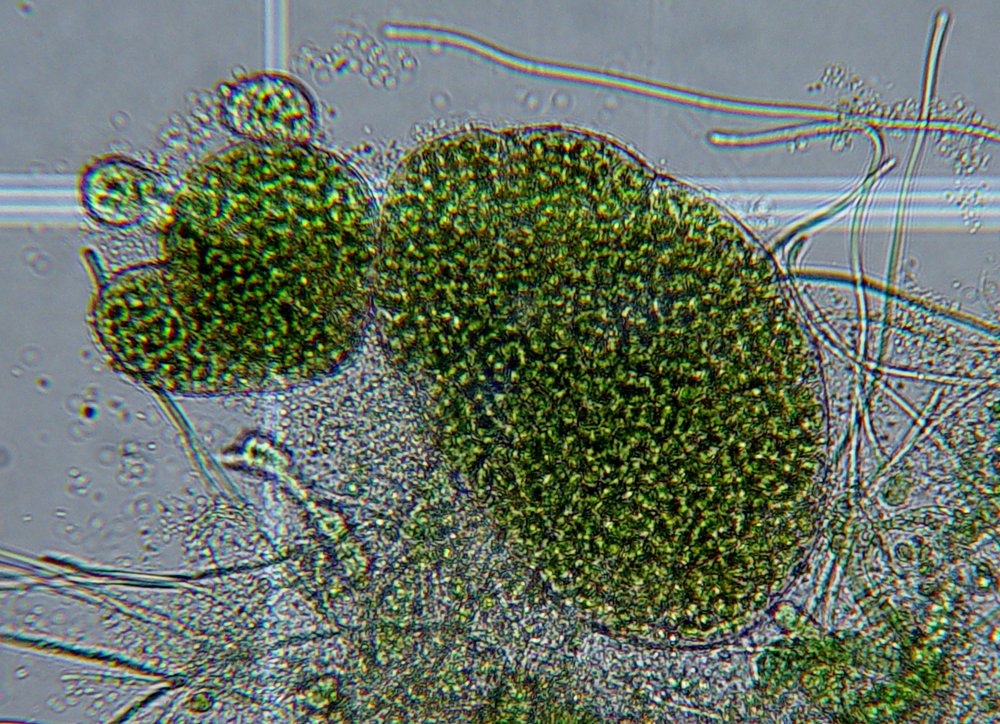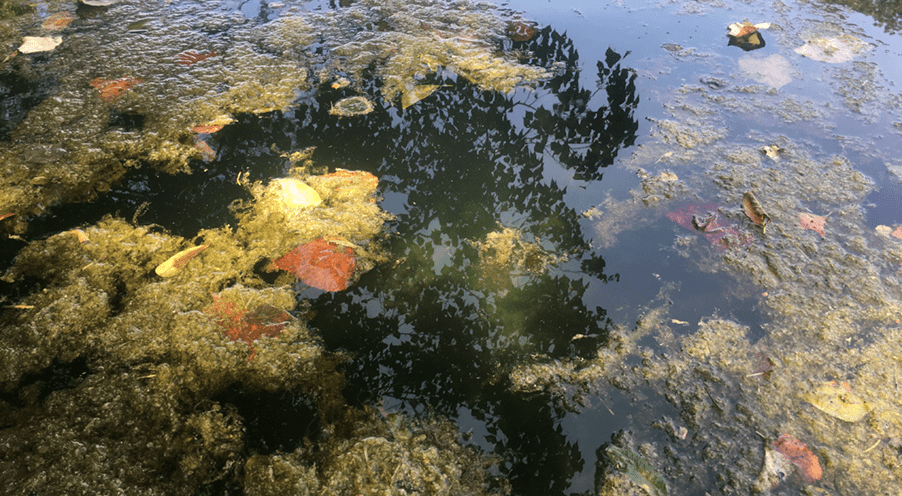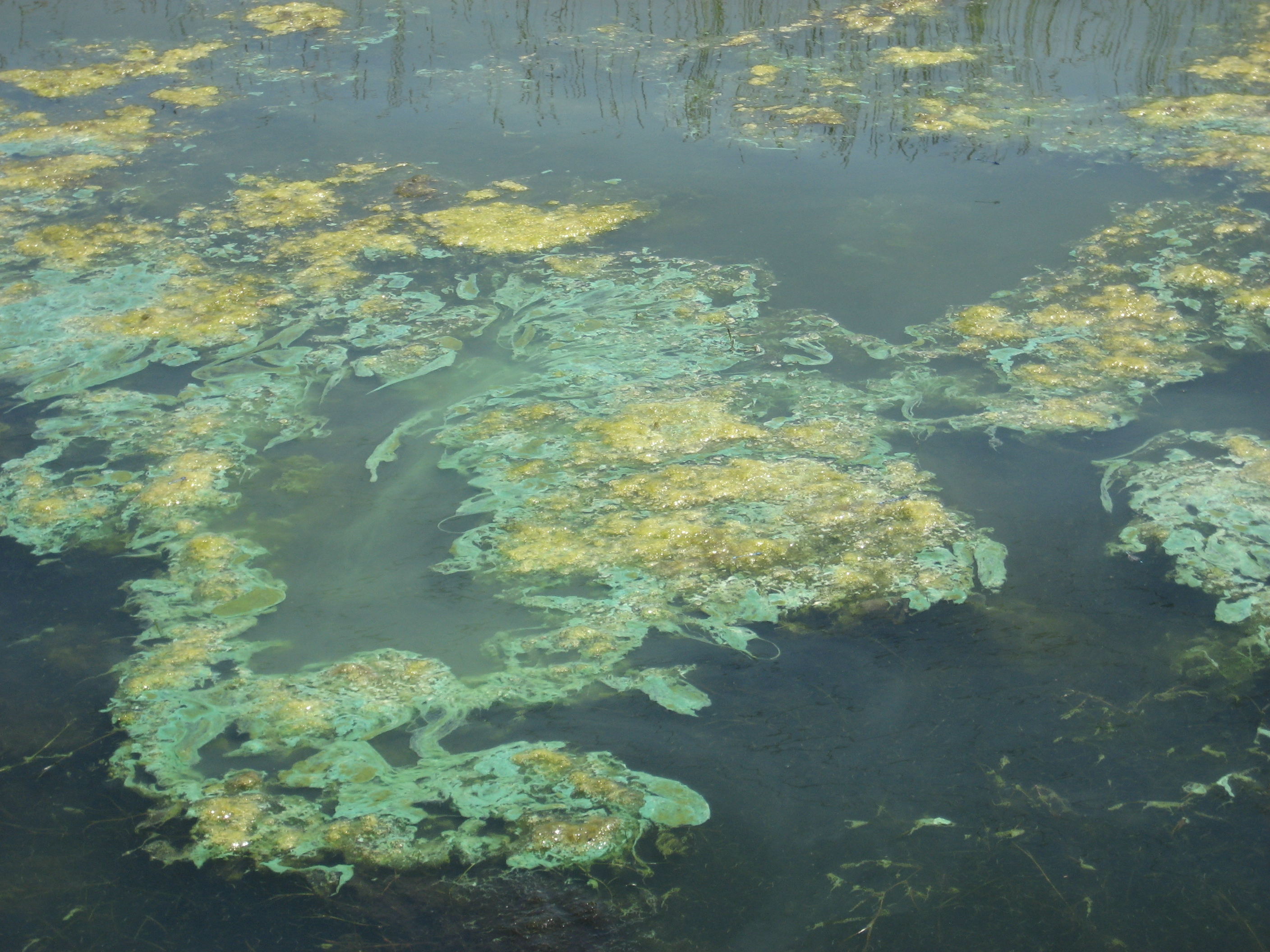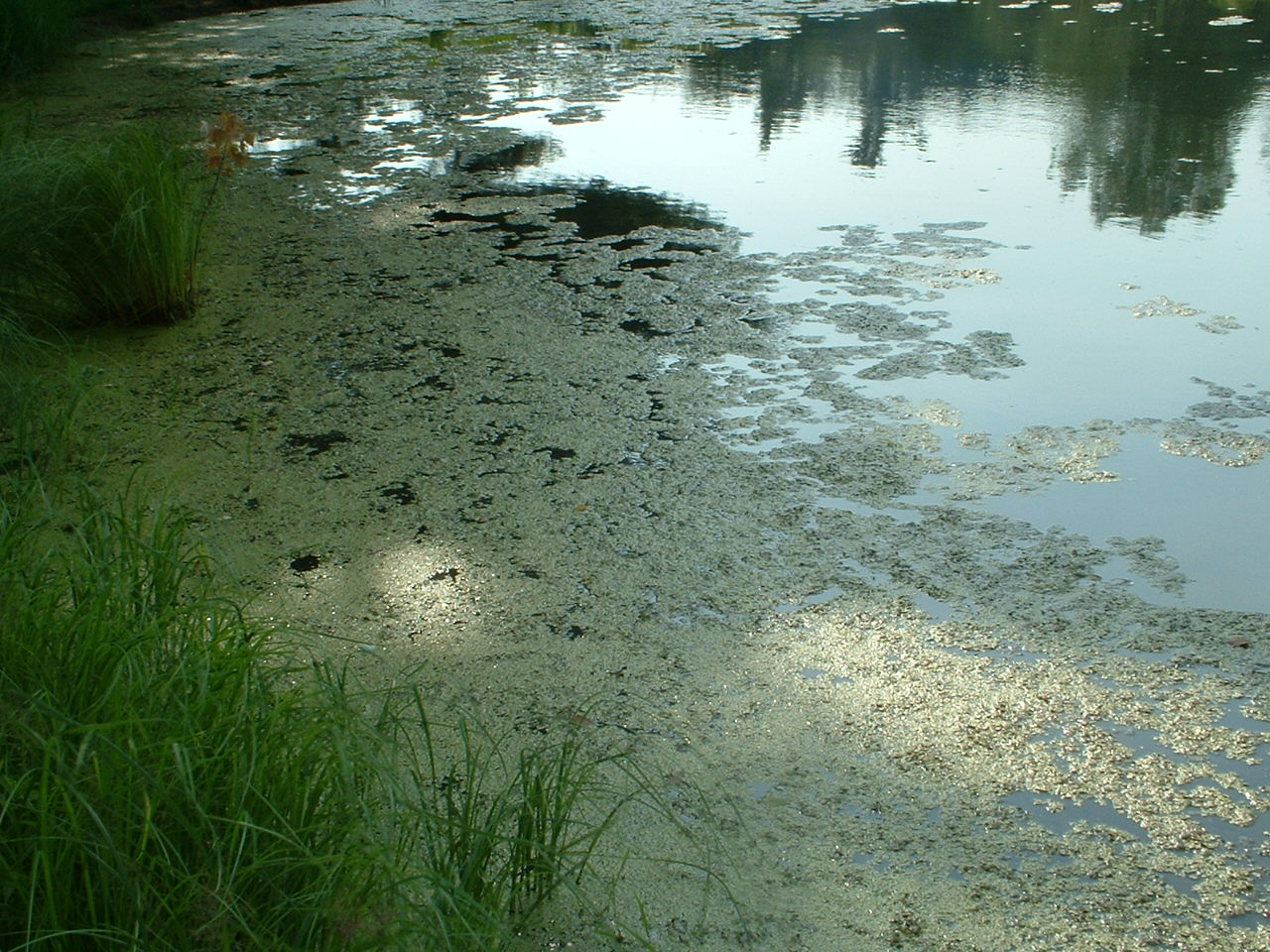Algal Mats Biology
The hydrodynamic environment will vary as algal growth waxes and wanes and the physiognomy of the algal mat changes reiter 1989.
Algal mats biology. The rates of emergence individuals day 1 500 cm 2 of nematoceran flies were three to 25 times greater from yellow or rusty coloured cladophora mats than from green cladophora oedogonium or mougeotia mats that had. On shorter time scales advective currents can stochastically penetrate the laminar sublayer quickly transporting nutrients from the bulkwater into an algal mat e g dade 1993 gundersen and jørgensen 1990. Algal mats are one of many types of microbial mat that forms on the surface of water or rocks. The rate and composition of insect emergence from floating algal mats differed among proliferations of different colour.
Lee hannah in climate change biology second edition 2015. Floating mats are refugia. The biomass of the mat varied between 35 and 1391 g dw m 2. Appears black or dark purple in.
They are typically hypersaline 20 to 60 or more p p t. Early reefs were formed by algal mats but by 500 million years ago reefs existed that were composed of a wide range of calcifying organisms tabulate and rugate corals as well as mollusks crustaceans and echinoderms figure 7 10 these reefs were extensive by 250 million years ago. The mats usually contain authigenic. The faunal composition within three mono specific algal habitats was investigated at likuri island southern viti levu fiji islands.
Thermophilic eukarya found in yellowstone national park red algae cyanidioschyzon. This algal species exhibits two distinctive morphologies depending on whether it is attached or loose lying. Gracilaria maramae was the dominant alga within algal drift mat seagrass bed and rocky substrate habitats at the study site. Subjectsanimal behaviour ecology environmental sciences marine biology keywords eutrophication hypoxia community ecology anoxia ulva ephemeral algae amphipod estuary invertebrate howtocitethisarticlecoffin et al.
2017 are floating algal mats a refuge from hypoxia for estuarine invertebrates. Macrozoobenthic communities within and outside of the drift algal mats were compared in kõiguste bay ne baltic sea. Cl and the mats are often adjacent to salt flats or sabkhasthat contain evaporite minerals including carbonates gypsum and halite. Coating on top of formations.
Formation occurs when alternating layers of blue green bacteria and sediments are deposited or grow in place creating dark laminated layers. They are typically composed of blue green cyanobacteria and sediments. Thickness of the mat did not exceed 6 cm.


















